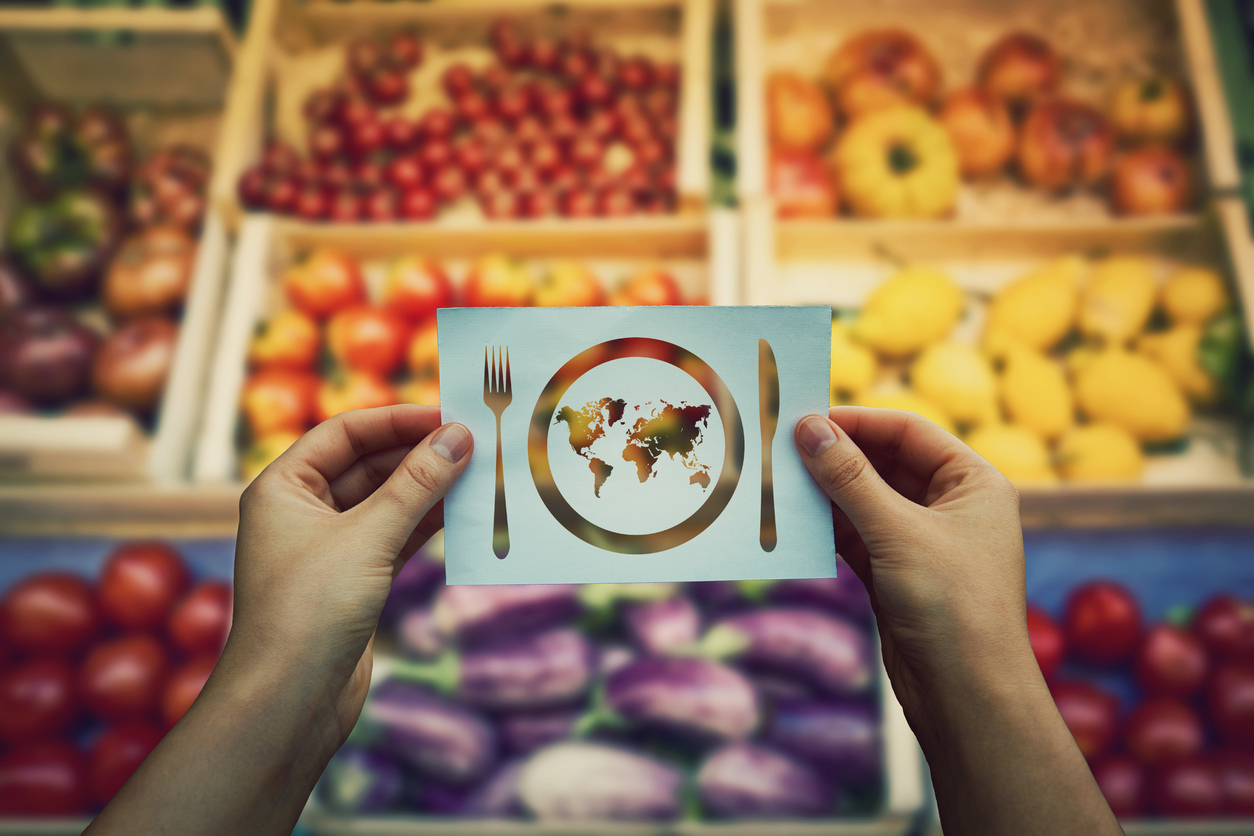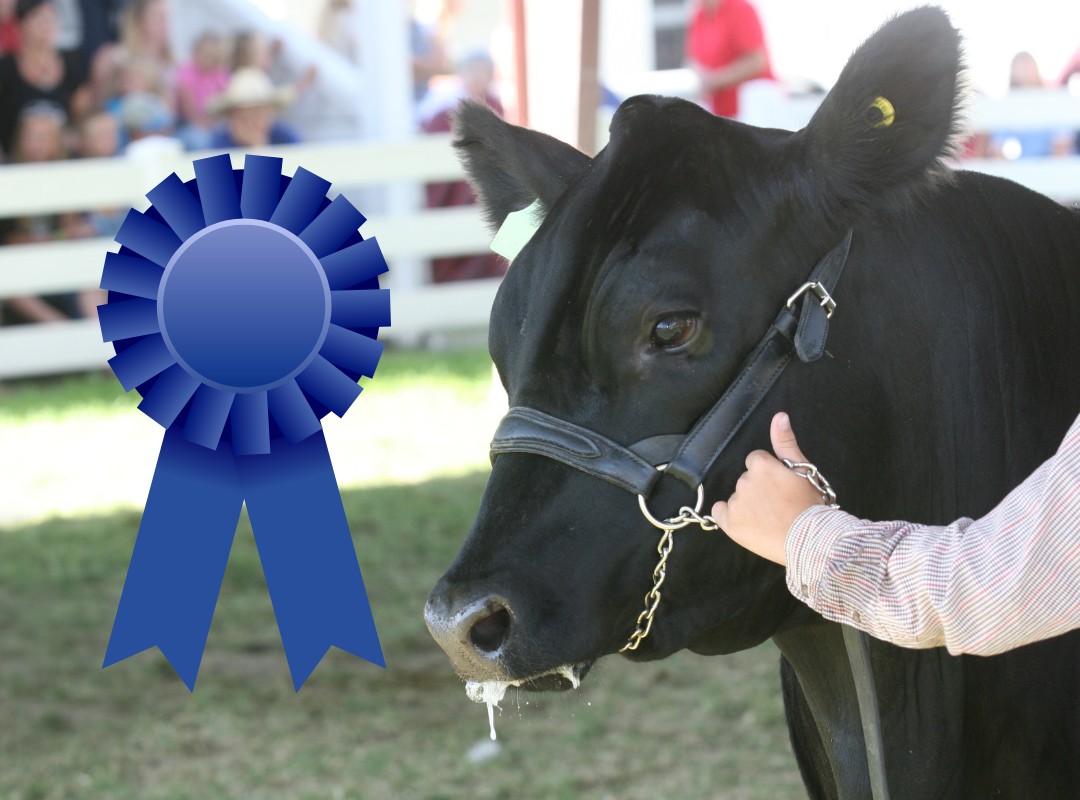Making Half MyPlate Fruits and Vegetables
Students examine MyPlate and discover the importance of making half their plate fruits and vegetables.
Students examine MyPlate and discover the importance of making half their plate fruits and vegetables.

Students investigate the importance of eating a variety of foods in order to get all the nutrients needed to be healthy, explore diets around the world using Peter Menzel's Hungry Planet Family Food Portraits, and discuss the scope of the problems of hunger and malnutrition using the World Food Programme HungerMap Live.
Students examine the five food groups and what state-grown foods fit into each group by making a local connection to good nutrition and a healthy lifestyle.
Students explore the process of fortification where vitamins and minerals are added to food to make it more healthful and to help people meet their recommended daily intake of different nutrients.
Students choose foods from each of the five food groups to create a meal and calculate the cost of serving the meal to five people and to one person. Students are challenged to plan, prepare, evaluate, and eat a lunch meal that costs less than $1.50 per person.
In this lesson, students learn the chemistry and composition of milk, identify the difference between a monosaccharide and disaccharide, and carry out a laboratory activity testing the effect of the enzyme lactase on various milks.

Students investigate how diseases are spread and discover how to prevent transmission between humans and animals.
Students will explore the 2020-2025 Dietary Guidelines, compare and contrast historical food guides, and discover how to apply principles of MyPlate into their diet to create a "MyWin."
In this lesson students apply their knowledge of physical science to dairy products to determine if the changes that take place when turning milk into cheese, butter, yogurt, ice cream, whip cream and other dairy products, is a physical or chemical change.
Students identify the source of the food they eat and investigate the processes and people involved in getting food from the farm to their spoon.
Students identify the source of the food they eat and investigate the processes and people involved in getting food from the farm to their spoon.
Students investigate a variety of tree fruits, discover how and where they are grown, and explore their nutritional benefits.